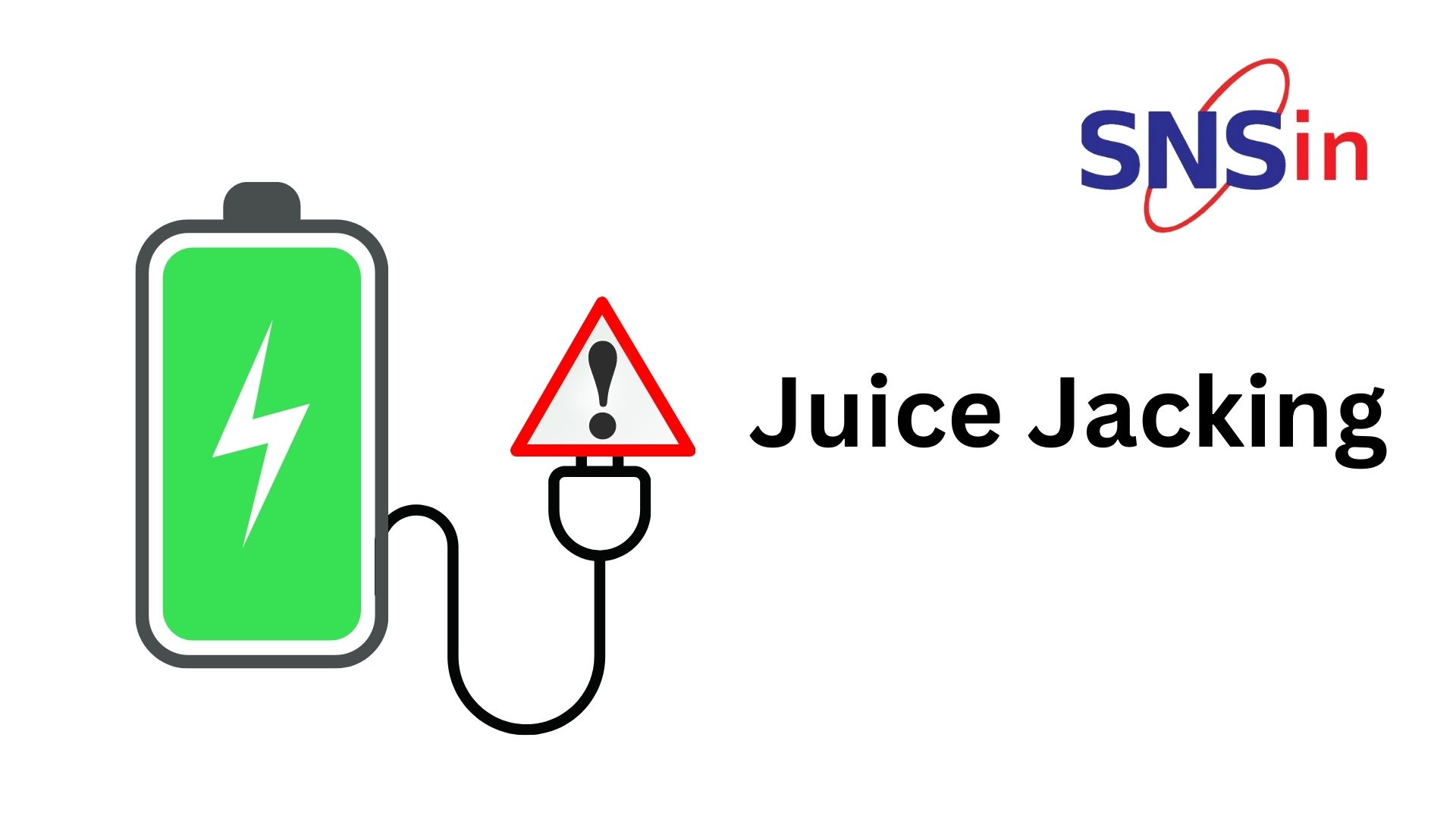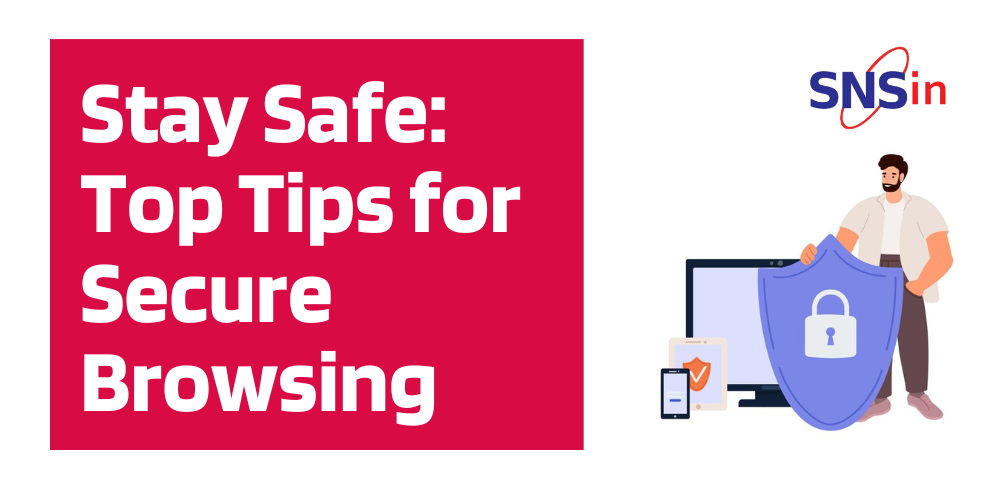malware injection, causing data theft from anyone who uses them. This technology has come to be known as ‘juice jacking.’ How does juice jacking work and how should one protect themselves? Read on to find out.
How Does Juice Jacking Work?
Juice Jacking is possible because of how the USB ports are designed. They are used on the phone primarily for charging, but they are equally useful for transferring data. This implies that each time you plug your phone in to charge at a public charging station, you also increase the possibility of data transfers. It is considered to be a potential and not an actual threat because some phones have inbuilt technology that asks for permission before it can initiate data transfers. This implies that any hack would become impossible to execute as long as the user is paying attention and remains alert. Hopefully, hackers will not be able to find a tactical way around this in the future.Why is it Unsafe to Charge Devices at Public Charging Stations?
Juice jacking has the potential to cause any of the following unfavourable outcomes.- Malware injection: Charging stations can be programmed in a manner conducive to injecting a keylogger, for example, which can record any passwords entered into your device. Sometimes, malware can also be installed to track your phone’s location or lock the user out of the phone altogether. In all these examples, it is common to give control of the device to the hacker, who can then use the device however they want once its vulnerabilities have been compromised.
- Data theft: Sensitive information stored on the device or entered on websites using the device can be stolen. It can target valuable information, and even though users may feel that all they have is photos and contacts, it cannot be determined how a hacker may utilize them for their own use.
- Ransomware and Trojans: USB charging stations can also be used for installing Trojans on devices. If permission is bypassed, there is no telling what the hacker is executing on the other side of the machinery. Sometimes, the device may not show a warning sign when a foreign device is connected.
How to Avoid Falling Victim to Juice Jacking?
Since hackers can infect points of public charging ports, it can be difficult to know for sure which ones are safe and which are to be avoided. Most users would ideally not allow their phone battery to die when they are out in public. Even if they should, here are some ways to avoid falling prey to the malicious tactics of cyber attackers.- Using electrical outlets instead of USB ports: An electrical charging point does not carry the risk of data transfer the way a USB charging port does. If a user has a power adaptor and the cord, they can find many electrical charging points at airports, train stations, restaurants and other public places to charge their phones.
- Using portable power banks: Portable power banks are widely used and are available online and in stores at a reasonable cost. They allow the user to charge the phone without needing any external source. While travelling, a fully charged power bank can plug into a cord and can easily charge the phone or tablet. This helps reduce anxiety because of not having enough battery in the phone and avoid any potential risks by using USB charging ports.
About SNS
Secure Network Solutions (SNS) provides a quantifiable, risk-based approach to building a global structure of cyber security infrastructure based on internationally recognized frameworks and practices. We have been providing services and catering to clients across industries for the last 22 years. Write to us at [email protected] or visit us at www.snsin.com. ![]()




